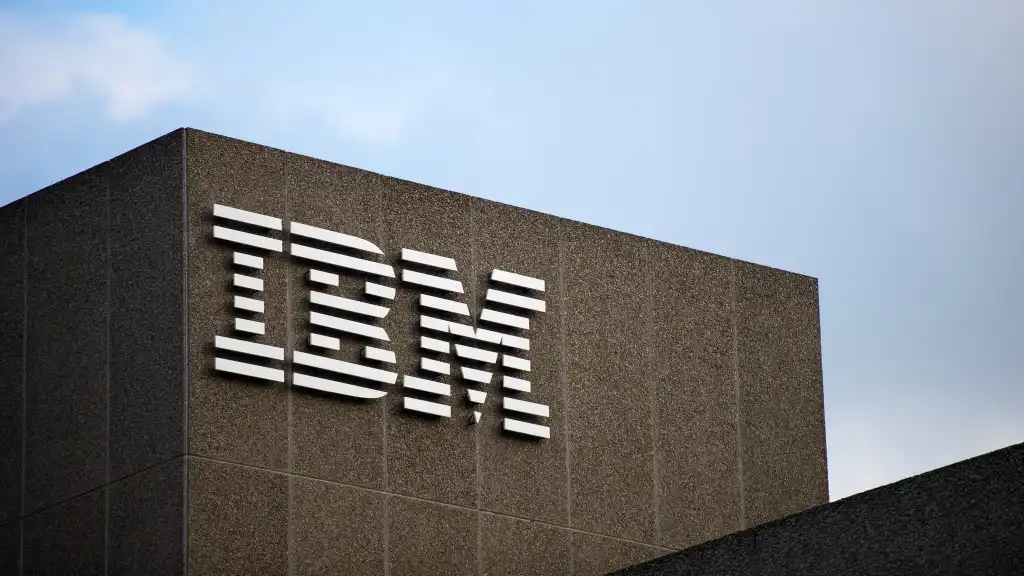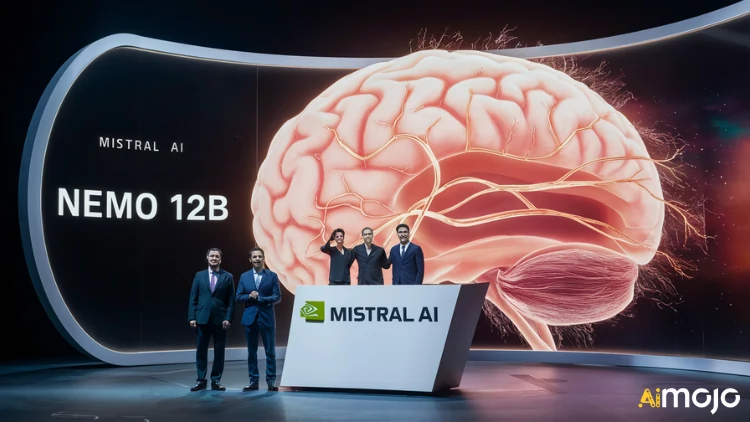A potential collaboration between Tesla and Intel could shake up the AI chip market — and possibly deliver processors at just 10% of Nvidia’s cost. If realized, this partnership would mark one of the biggest shifts in AI infrastructure economics to date.
A Strategic Shift for Tesla and Intel
During Tesla’s recent shareholder meeting, Elon Musk hinted that the company may partner with Intel to produce its fifth-generation AI5 chip, designed to power Tesla’s autonomous driving systems.
“You know, maybe we’ll do something with Intel,” Musk said. “We haven’t signed any deal, but it’s probably worth having discussions.”
The market clearly took note — Intel’s stock jumped 4% after hours following Musk’s remarks.
This comes at a pivotal moment for both companies. Tesla faces production constraints with its current chip suppliers, TSMC and Samsung, and has been exploring ways to scale output. Musk even floated the idea of building a ‘terafab’, a massive fabrication plant capable of producing over 100,000 wafer starts per month.
For Intel, which has lagged far behind Nvidia in AI chip performance, Tesla’s business could serve as a crucial lifeline — especially as the U.S. government has taken a 10% stake in Intel to bolster domestic chip manufacturing.
The 10% Cost Claim: A Game Changer
Musk’s claim that Tesla’s AI5 chip could cost just 10% of Nvidia’s flagship Blackwell chip and consume a third of the power is bold — but if achieved, it could upend how enterprises plan their AI infrastructure.
“I’m super hardcore on chips right now,” Musk said. “I have chips on the brain.”
Lower costs and better energy efficiency could force a major re-evaluation of data center economics, especially as companies pour billions into AI workloads.
Production Roadmap and Scaling Plans
Tesla’s AI5 chips are expected to see limited production in 2026, ramping to high-volume manufacturing in 2027. Musk also revealed that the AI6 chip would use the same facilities but offer double the performance — with volume production by 2028.
If Tesla proceeds with its terafab, it could become a cornerstone of domestic AI chip production, helping reduce U.S. dependence on overseas fabs and easing supply chain risk.
“So I think we may have to do a Tesla terafab,” Musk said. “It’s like a giga but way bigger. I can’t see any other way to get to the volume of chips that we’re looking for.”
Implications for Enterprises
For business and technology leaders, a Tesla-Intel partnership raises several strategic considerations:
- Supply Chain Resilience: Shifting production to U.S. soil could reshape global chip logistics. Enterprises reliant on Asian manufacturers may want to reexamine risk exposure.
- Cost Pressure: A new low-cost competitor could spark price competition in the AI chip market, forcing suppliers like Nvidia to adapt.
- Technology Sovereignty: With the U.S. investing heavily in domestic production, AI hardware sourcing could increasingly align with geopolitical and regulatory priorities.
- Innovation Velocity: Tesla’s aggressive chip roadmap suggests faster hardware refresh cycles. Companies planning multi-year AI deployments should stay flexible.
The Bigger Picture
This potential deal also fits into the broader U.S.–China tech rivalry. Export restrictions have already slashed Nvidia’s market share in China, leaving room for new players to rise.
While Intel has declined to comment, Musk’s public remarks — and the stock market’s response — suggest real momentum. Whether a deal materializes or not, the conversation alone signals a changing tide in AI chip competition.
The Bottom Line
If Tesla and Intel succeed in delivering AI chips that are cheaper, faster, and domestically produced, the effects will ripple across the tech industry. Enterprises should start preparing now for an AI hardware market that looks very different — one where performance, price, and supply chain control all take on new meaning.
Source: https://www.artificialintelligence-news.com/news/tesla-intel-chip-partnership-nvidia-cost/





